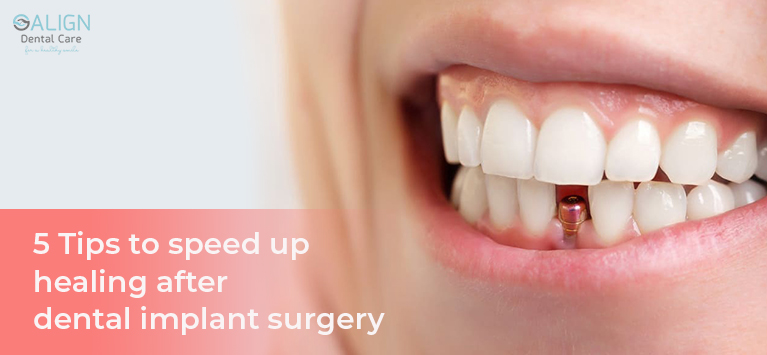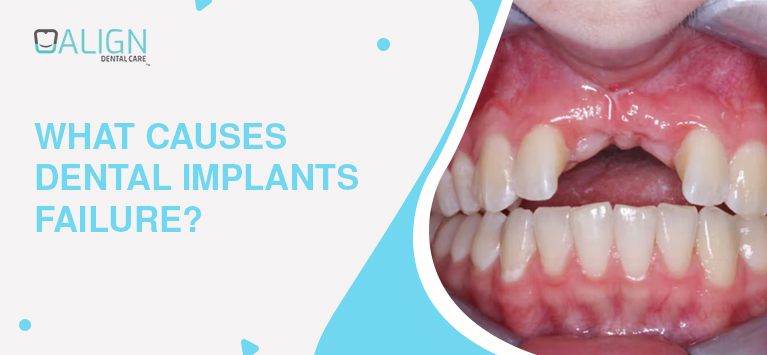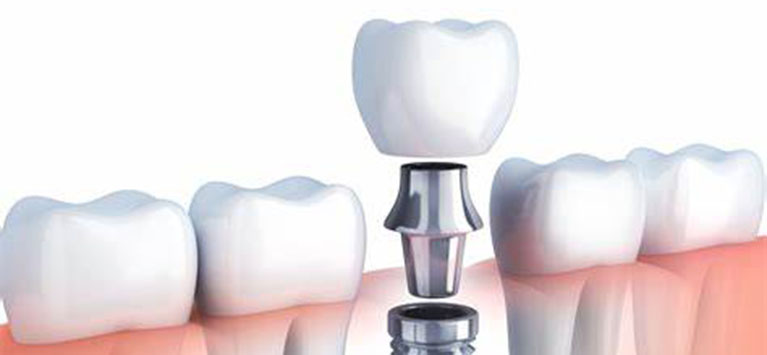
Types of Dental Implants: A Complete Guide
Missing teeth can impact more than just your smile—it can affect chewing, speaking, and even your facial appearance. Dental implants are one of the best solutions to restore missing teeth, offering a natural look and long-lasting stability.
In this guide, we’ll explain the different types of dental implants, including popular ones like single dental implants, 4 in one teeth implants (All-on-4), full mouth dental implants, and 3 on 6 dental implants. We’ll also cover what implants are made of, and how they look before and after dental implants.
Table of Contents
What Are Dental Implants?
A dental implant is a small screw-like post made of biocompatible material that acts as an artificial tooth root. It is surgically placed into the jawbone and supports a crown, bridge, or denture.
What Are Dental Implants Made Of?
- Titanium implants – The most widely used, lightweight, durable, and integrates naturally with bone.
- Zirconia implants – A metal-free, ceramic option that is aesthetic and hypoallergenic.
Both options are safe and long-lasting.
Types of Dental Implants
Dental implants are not “one-size-fits-all.” The type chosen depends on factors like the number of missing teeth, bone condition, budget, and patient preference. Let’s explore the different categories of implants in detail.
1. Types Based on Placement
Endosteal Implants (Most Common Type)
Endosteal implants are the gold standard and the most frequently used worldwide.
- Placement: Inserted directly into the jawbone.
- Shape: Usually screw-shaped, but can also be blade or cylinder types.
- Usage: Suitable for patients with good bone density and volume.
Example: If someone loses a molar tooth and has a healthy jawbone, a single endosteal implant can be placed with a crown to restore the tooth naturally.
Advantages:
- High success rate (over 95%).
- Feels and functions like natural teeth.
- Long-lasting with proper care.
Subperiosteal Implants
These are less common today but still useful for patients with shallow jawbones.
- Placement: Sits under the gum but above the jawbone.
- Usage: Chosen when the patient cannot undergo bone grafting.
Example: An elderly patient with significant bone loss who doesn’t want grafting may receive subperiosteal implants.
Advantages:
- No need for bone graft surgery.
- Shorter healing time.
Zygomatic Implants
Zygomatic implants are specialized implants used in complex cases.
- Placement: Anchored into the cheekbone (zygoma) instead of the upper jaw.
- Usage: Patients with severe upper jaw bone loss.
Example: A person who has worn dentures for years and lost significant upper jawbone volume can benefit from zygomatic implants instead of grafting.
Advantages:
- Avoids multiple bone graft surgeries.
- Provides strong anchorage for upper teeth replacements.
2. Types Based on Treatment Needs
This is the classification most patients are interested in, as it directly relates to how many teeth they need replaced.
Single Dental Implants
- Purpose: Replace one missing tooth.
- Structure: One implant post with a crown.
- Best For: Patients missing just one tooth due to accident, decay, or extraction.
Advantages:
- Looks identical to a natural tooth.
- Prevents shifting of nearby teeth.
- Doesn’t affect healthy neighboring teeth (unlike bridges).
Multiple Dental Implants / Implant Bridges
- Purpose: Replace several teeth in a row.
- Structure: Two or more implants act as anchors, with a bridge spanning across them.
- Best For: Patients missing 3–4 teeth in one section.
Advantages:
- Stronger than traditional bridges.
- Preserves jawbone where teeth are missing.
4 in One Teeth Implants (All-on-4 Implants)
- Purpose: Replace all teeth in one jaw with just four implants.
- Process: Two implants are placed at the front and two at an angle in the back.
- Best For: Patients with complete tooth loss who want a fixed solution.
Advantages:
- Fewer implants needed (cost-effective).
- Can often be done without bone grafting.
- Faster treatment and recovery compared to traditional full-mouth implants.
Full Mouth Dental Implants
- Purpose: Replace all teeth in both jaws.
- Structure: Usually requires 6–8 implants per jaw to support a full arch.
- Best For: Patients with complete tooth loss who want maximum strength and stability.
Advantages:
- Most stable option.
- Closest to natural teeth in function.
- Long-term solution for complete rehabilitation.
3 on 6 Dental Implants
- Purpose: Use 6 implants per jaw to support 3 bridges.
- Process: Each bridge covers a section of teeth, supported by two implants.
- Best For: Patients with significant tooth loss but good jawbone support.
Advantages:
- More natural bite force distribution.
- More aesthetic than dentures.
- Durable and long-lasting.
Mini Dental Implants (MDIs)
- Purpose: A smaller version of standard implants.
- Size: Thinner, used in patients with less bone density.
- Best For: Stabilizing dentures or replacing small teeth.
Advantages:
- Less invasive surgery.
- Faster healing.
- Cost-effective.
Immediate Load Dental Implants (Same-Day Implants)
- Purpose: Get a replacement tooth on the same day as implant placement.
- Best For: Patients with strong jawbone and good oral health.
Advantages:
- Instant results—walk out with a smile the same day.
- Reduces waiting time compared to traditional implants.
3. Types Based on Material
Titanium Implants
- The industry standard.
- Biocompatible, lightweight, and fuses well with bone.
- Suitable for most patients.
Zirconia Implants
- Metal-free, tooth-colored ceramic.
- Preferred for patients with allergies or metal sensitivities.
- Aesthetic and natural-looking.
Before and After Dental Implants
The difference is often life-changing:
- Before implants: Gaps in teeth, difficulty chewing, jawbone loss, collapsed facial structure, and low confidence.
- After implants: Full smile, restored chewing ability, better speech, preserved bone, and youthful appearance.
Why Choose Dental Implants Over Dentures or Bridges?
- Longevity: Implants last much longer than dentures or bridges.
- Strength: They restore up to 95% of chewing power.
- Bone Health: They prevent jawbone shrinkage.
- Confidence: They look and feel like real teeth.
Final Thoughts
There isn’t just one type of dental implant—options range from single dental implants to advanced solutions like 4 in one teeth implants, 3 on 6 implants, and full mouth dental implants. Dentists also classify implants based on placement (endosteal, subperiosteal, zygomatic) and materials (titanium or zirconia).
Other specialized types like mini implants and same-day implants offer alternatives for patients with specific needs.
Knowing these choices, seeing the results before and after dental implants, and understanding costs and comfort levels will help you make an informed decision.
Frequently Asked Questions
Dental implants can last 20 years or more—many even last a lifetime with good care.
The surgery is done under anesthesia, so you won’t feel pain during the procedure. Mild soreness afterward is normal but manageable with medication.
Most patients report only mild discomfort, similar to a tooth extraction, which subsides in a few days.
The cost depends on the type and region:
- Single implant: ₹25,000–₹50,000
- Full mouth implants: Higher cost due to multiple implants.
Your dentist will provide an exact estimate based on your case.



























